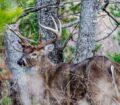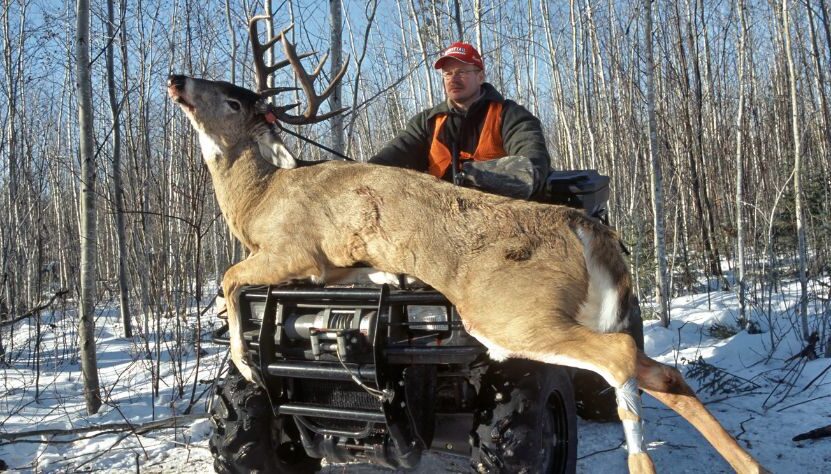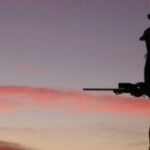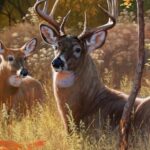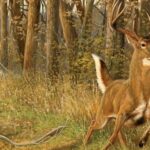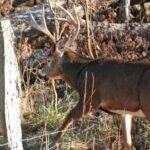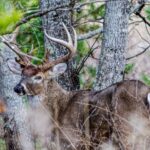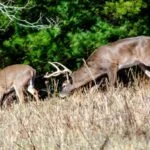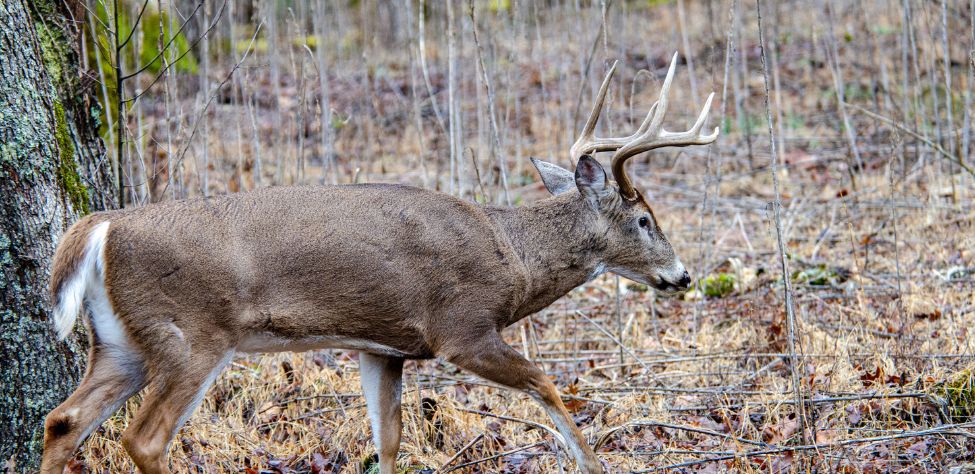
Editor’s Note: Study your leased property. Look for bottlenecks and pinch points that will funnel deer into the food plots and also provide tree-stand sites where you can put up tree stands. Then you can take deer coming through the bottlenecks and the pinch points before they reach the food plots.
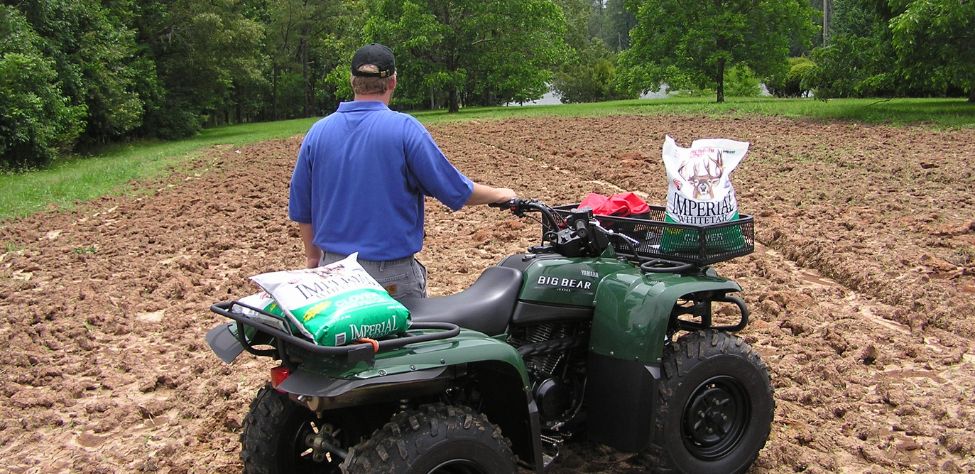
If you’re setting up a property for bowhunting, the locations of your food plots are critically important to your success. If you have a food plot in an area where deer can come from any direction, finding the best place to put up your tree stand may drive you nuts. You may try setting up tree stands at the ends of pinch points and bottlenecks, so most of the deer on the property and the deer passing through the land will have to use these pinch points to reach the green fields. If the deer must come up out of a draw to reach a green field, set up your tree stands on the edges of the draw to take the deer well away from the green fields. This action keeps the deer coming to the green fields without anyone shooting at them. Or, perhaps there’s a pinch point on top of a ridge where deer come from either side of this ridge to go down to the green field or away from the green field.

Also becoming friends with the landowner and helping to solve the landowner’s problems – taking nuisance animals, repairing fences, etc. – builds a stronger relationship between the hunters who lease the land and the landowner. Those types of relationships help to ensure future opportunities to hunt the land and may open up more land you can lease when landowners in an area get together informally and discuss leasing properties. The goodwill of the landowner can help build your reputation and the reputation of your hunting lease. If other property in that area becomes available for lease, you’ll have a landowner whose land you’ve hunted as a reference for new land.

How to Hunt and Take Big Buck Deer on Small Properties
In this book, you’ll hear from 14 hunters who either have gained permission or leased properties as small as six acres to as much as 250 acres, and how they consistently take older-age-class bucks off these little lands.
VERSIONS: AUDIBLE, KINDLE & PRINT

Jim Crumley’s Secrets of Bowhunting Deer
Using a black magic marker and a gray work jumpsuit, Jim Crumley of Buchanan, Virginia, drastically changed the nature and purpose of hunting camouflage when he created the first sportsman’s camouflage – Trebark. Crumley’s love of bowhunting and his desire to be more invisible changed hunting clothing forever.
In this hunting guide, he shares the wisdom that he’s learned throughout his lifetime about how to be a hunter, how to find a deer lease, how to scout for deer, and more.
Special features include how to:
- Have a magic 60 acres to hunt
- Decide the best equipment to use
- Find deer year-round
- Locate land to hunt
- Know the best place to put your tree stand
- Get bucks within bow range
VERSIONS: AUDIBLE, KINDLE & PRINT

How to Hunt Deer Like a Pro
How do you know if the land you hunt has a trophy deer on it? Wildlife manager Bob Zaiglin, of Uvalde, Texas and Jim Crumley, the father of modern-day hunting camouflage, tells you how to find out. GPS can make finding and taking that trophy buck easier. This hunting guide will teach you how to hunt big bucks where no one else can find them, how to call deer, and how to become versatile as a deer hunter, so that if one deer tactic doesn’t work, another one will.
In the chapter, “How to find Bucks at Scrape,” Dr. Keith Causey, retired professor of Wildlife Science at Auburn University, describes the best way to hunt a scrape.
Brad Harrison of Neosho, Missouri, is a nationally-known videographer, professional deer hunter and master at calling deer. Another master is Will Primos of Primos Game Calls. These two experts will tell the best deer calls and when to use them in this book.
And for over 20 years, Bo Pitman, lodge manager of White Oak Plantation, has been studying deer movement patterns. He explains what types of conditions are best for predicting deer movement.
VERSIONS: AUDIBLE, KINDLE & PRINT

Deer hunting and deer hunters are drastically changing each year. To learn new techniques for hunting deer and have more places to hunt, I’ve interviewed some of the best deer hunters in the nation and share their tactics in How to Hunt Deer Like a Pro: Volume II.
In Chapter 10, Jacob Lamar tells you his tactics for consistently taking older-age-class bucks on public lands in several states. Chapter 11, Bob Walker explains how to find places on public lands where you can hunt that 99 percent of the other hunters never have considered hunting. The Bonus Chapter with David Ramey tells you how, where, when and with what equipment to take big Kansas bucks on public lands by hunting in 100-degree weather when others won’t hunt.
Chapter 13, Mark Drury, his family and his guests take mature bucks every season by having more small places to hunt rather than one large property. Drury explains the strategy of having satellite farms to hunt that only may be 50-150 acres each or less. Chapter 15, Pat Reeve, who hunts far-northern states and Canada, says, “I don’t like hunting for mature bucks until the weather is 20 degrees or less.” Chapter 4, Dr. Larry Marchinton says that funnels are the most-reliable stand sites to hunt for big bucks and tells why.
VERSIONS: AUDIBLE & PRINT
Tomorrow: Apply What’s Learned to Hunt Deer Better

